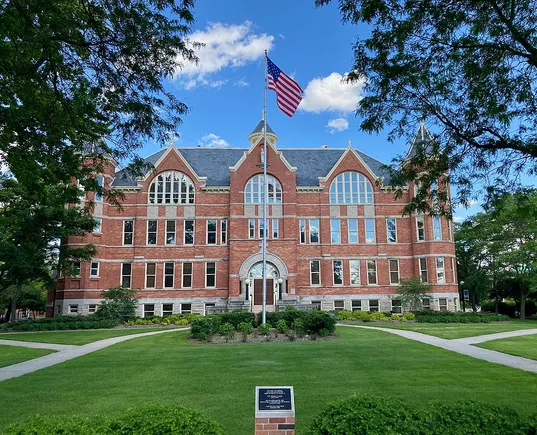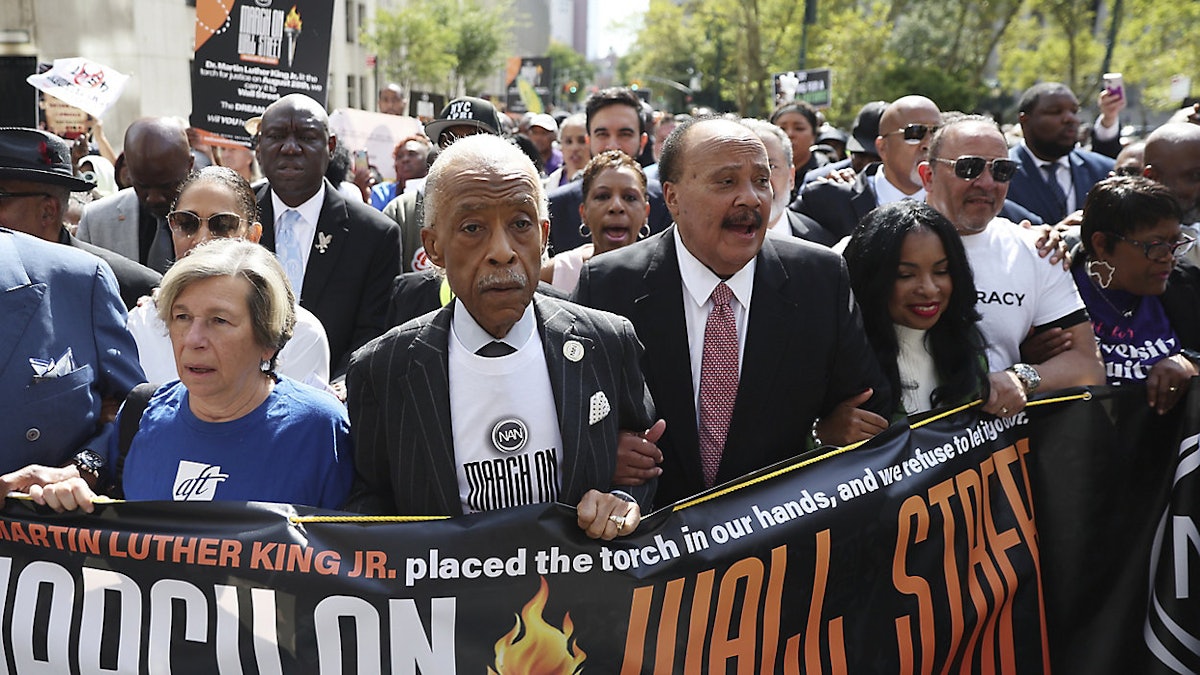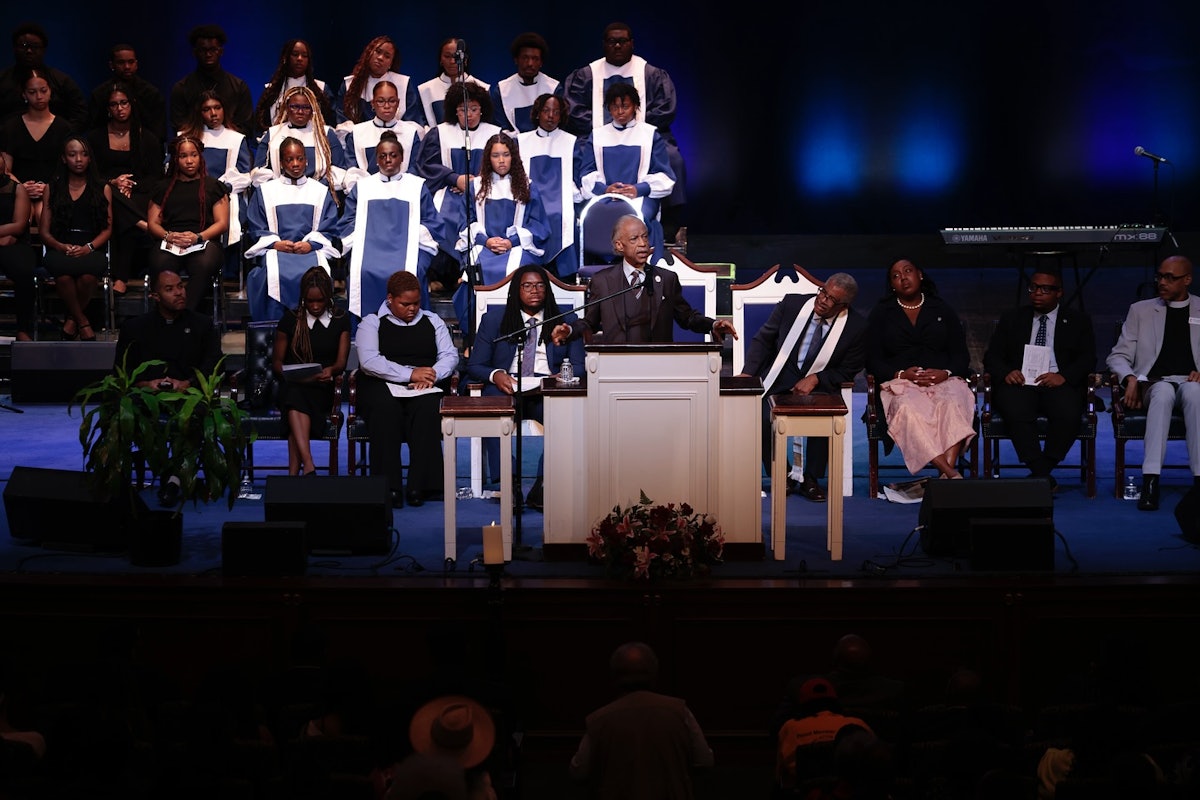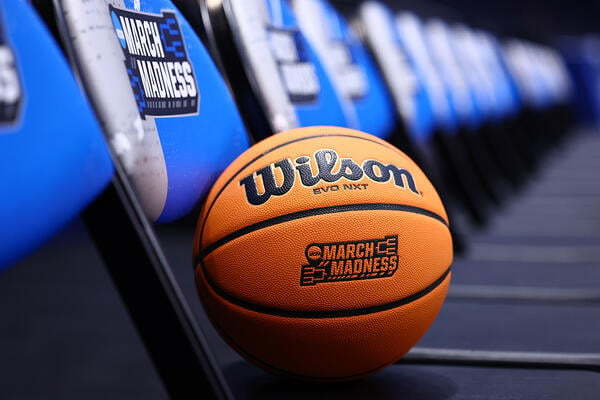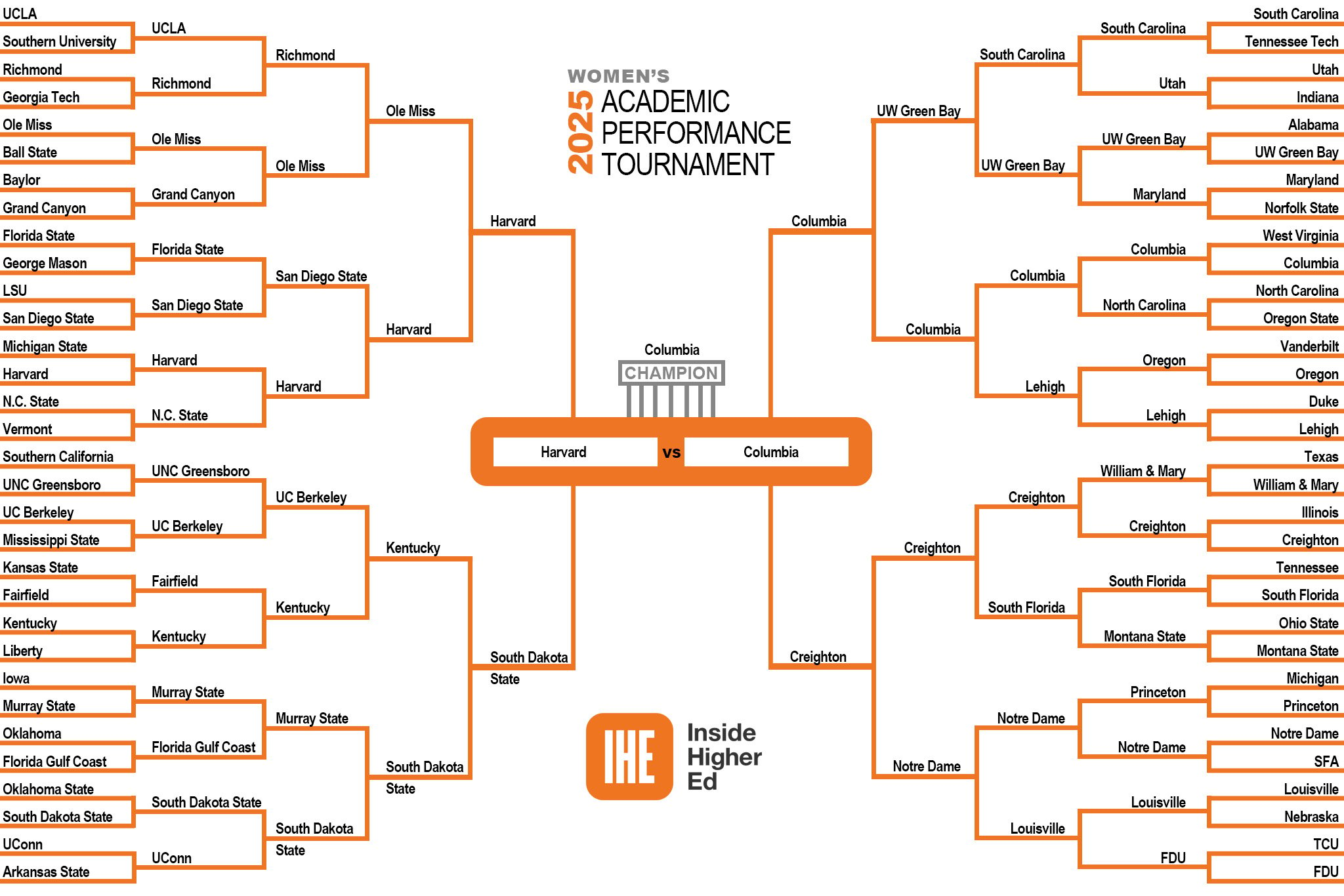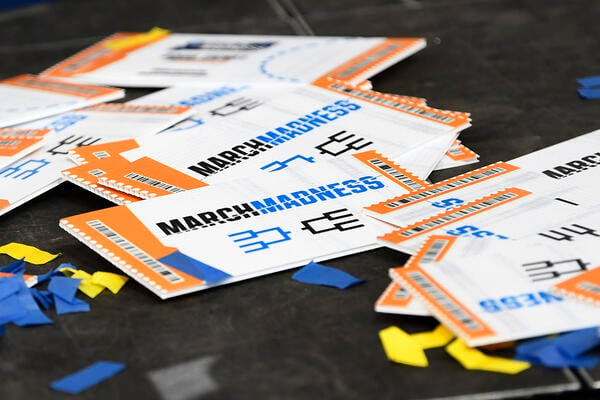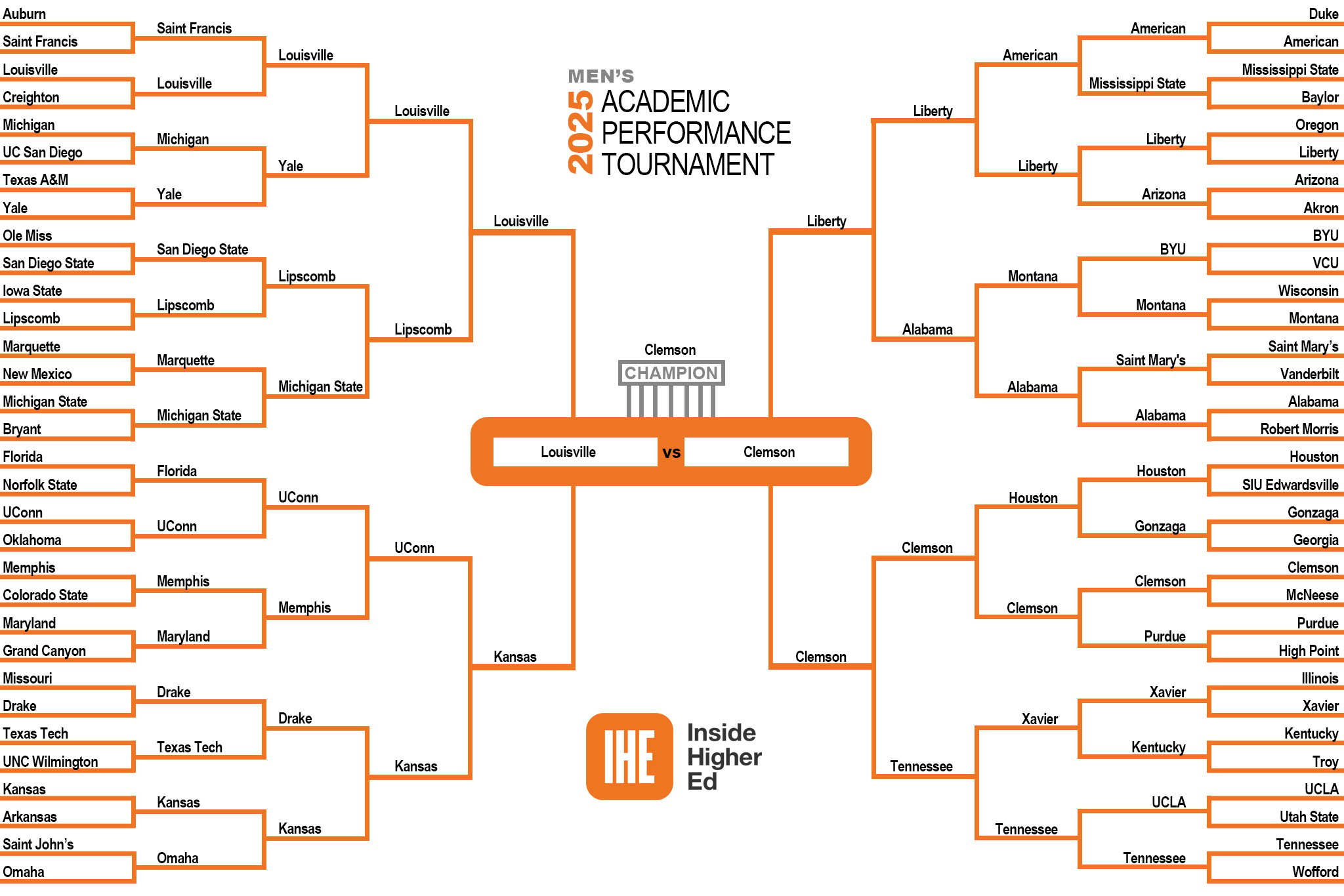Dive Brief:
- St. Norbert College, in Wisconsin, unveiled a handful of new academic offerings on Thursday, just months after it cut almost two dozen programs and laid off 21 faculty members amid budget-balancing efforts.
- The Catholic nonprofit will launch four undergraduate degrees and one bachelor’s-master’s combination program in fall 2026, pending approval from its accreditor, the Higher Learning Commission.
- The academic expansion comes after St. Norbert President Laurie Joyner reported at the end of July that the college anticipated a balanced fiscal 2026 budget. In March, she said St. Norbert would need to cut $7 million to achieve that goal.
Dive Insight:
Shortly after joining St. Norbert in July 2023, Joyner identified “a significant miscalculation” with the fiscal 2024 budget, resulting in a much bigger deficit than previously anticipated.
The shortfall had ripple effects on the college’s finances, and it has since made multiple rounds of reductions to its workforce and suite of academic offerings. Eliminated programs covered fields such as studio art, theology and applied mathematics. At least one cut program, engineering physics, had been introduced less than a year earlier.
Thanks to the cut, St. Norbert closed fiscal 2025 “with positive operating results” and a stronger financial position, Joyner said in a July community message.
“With significant cost-saving efforts, program streamlining, and an institution-wide focus on efficiencies, we anticipate breaking even this fiscal year (FY26) as well — despite predicted enrollment declines,” she wrote.
St. Norbert’s has struggled with enrollment in recent years. In fall 2022, it had 1,882 students, down 17.7% from a decade prior, according to federal data. Like many other small liberal arts institutions, much of the college’s funds comes from tuition. In fiscal 2023, it received 50% of its core revenue from tuition and fees.
But the college saw a reversal of the trend in fall 2023 — the most recent semester for which federal data is available — when it enrolled 2,165 students.
In August, Anindo Choudhury, the college’s interim vice president and chief academic officer, signaled the institution’s interest in reinvesting in its remaining programs.
“We have had to make some difficult decisions involving both programs and personnel,” he said in an August email. “While some majors no longer exist, we are redirecting existing and new resources to current and recently developed programs.”
On Thursday, St. Norbert’s leaders touted the newly announced programs as a demonstration of the college’s ability to adapt to changing workforce demands and student needs.
The forthcoming undergraduate programs include bachelor’s degrees in cybersecurity management, exercise science, digital marketing and sacred music.
Pending accreditor approval, the college will also launch a 4+1 business administration program that will allow students to earn both bachelor’s and master’s degrees in five years.
Students in its media studies and communications programs will be able to enroll in new concentrations in sports media, business and professional communication, journalism or public image and promotion.
The additional academic offerings aren’t the only recent tactics the college has undertaken in the pursuit of financial longevity.
St. Norbert struck a partnership with nearby Northeast Wisconsin Technical College to allow the public community college’s students to transfer into its data analytics bachelor’s degree program more easily.
And earlier this month, the college announced a $15 million donation from the religious organization with which it is affiliated, the Norbertine Order.

